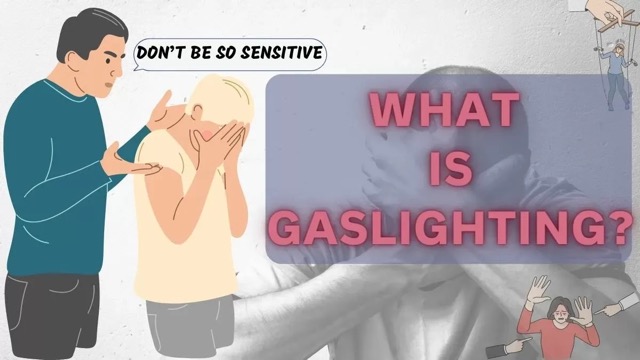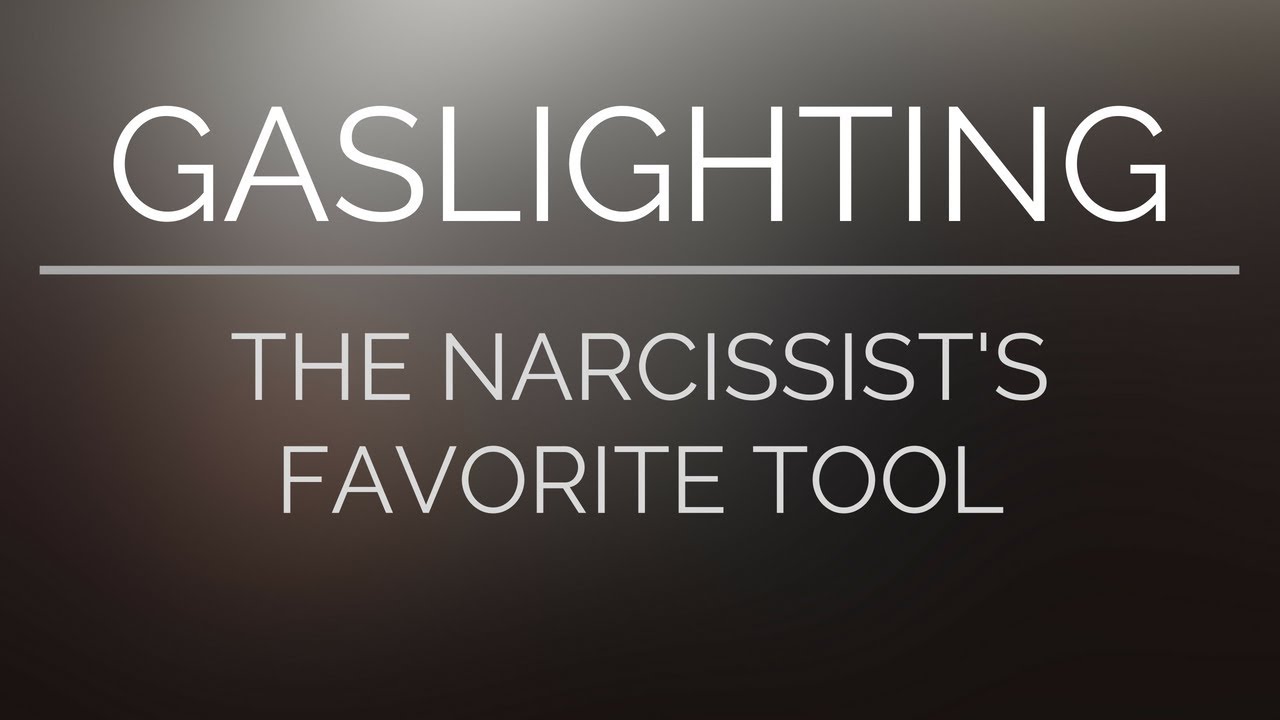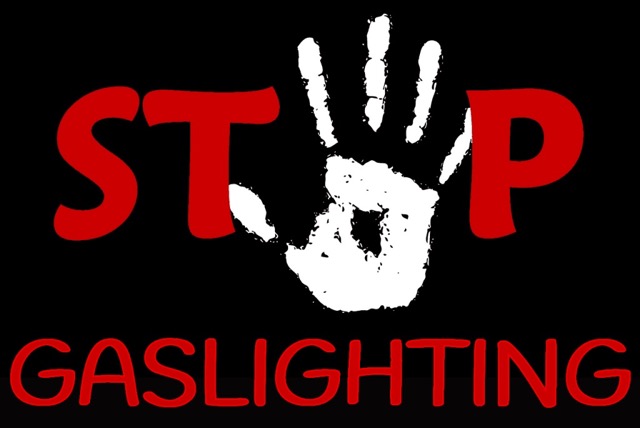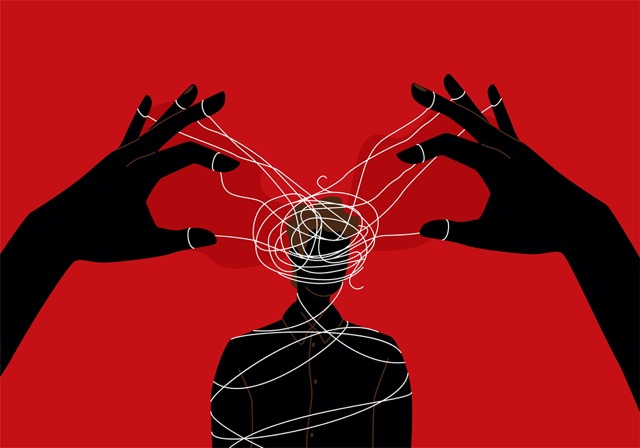
Published in The Whistle (Newsletter of Whistleblowers Australia), No. 122, April 2025, pp. 3-4
Helen was a conscientious employee in a large government department. After she reported some suspicious financial irregularities to her boss, things changed. Her boss told her that her work was substandard and asked whether she was having problems at home. Her co-workers started avoiding her and whispering about her. This caused her to doubt her own competency and sense of right and wrong. She started to think she was going mad. Then her boss instructed her to see a psychiatrist.
Helen was subject to a process called gaslighting, in which others conspire to make her doubt her sense of reality. This happens to some whistleblowers though certainly not all.
Jean Lennane, the first president of Whistleblowers Australia, was a psychiatrist who lost her government job in the late 1980s after she spoke out about cuts to mental health services. Jean was a whistleblower who knew exactly what was happening.

Sometimes, distressed individuals were referred to Jean for psychiatric evaluation. After hearing their stories, she said to some of them, “You’re not crazy. You’re a whistleblower.” This was powerful validation of their sanity.
These days, with much more media attention to whistleblowing, targeted workers are more likely to understand that experiencing sudden hostility at work is due to their threat to corrupt operations, not to mental problems. Yet for workers like Helen it can still be difficult to maintain mental balance. And workers are still referred to psychiatrists as a method of humiliation and as a pretext for getting rid of them.
The idea of gaslighting seems relevant to whistleblowers. I decided to check out some writing about it, and came across an insightful article by Paige Sweet titled “The sociology of gaslighting,” published in 2019 in the prestigious American Sociological Review. She describes gaslighting as “a type of psychological abuse aimed at making victims seem or feel ‘crazy’, creating a ‘surreal’ interpersonal environment.” That certainly fits what happens to many whistleblowers, whether or not the attempt at crazy-making is successful.

Sweet doesn’t mention whistleblowers. Her focus is on intimate personal relationships, especially abusive and violent ones. In such relationships, women are especially vulnerable due to gender stereotypes about men and women. One of them is the association between femininity and irrationality: women are assumed to be more emotional and less rational. Women are also more vulnerable due to system-wide inequalities between men and women.

Sweet interviewed dozens of US women who were survivors of domestic abuse, seeking to find common features in their experiences. She presumed, correctly, that domestic abuse would be associated with gaslighting. Here’s what she found.
When I asked women about their partners’ abusive tactics, they often described being called a “crazy bitch.” This phrase came up so frequently, I began to think of it as the literal discourse of gaslighting. In gaslighting dynamics, the idea that women are saturated with emotion and incapable of reason is mobilized into a pattern of insults that chip away at women’s realities. (p. 861)
The evidence shows that gaslighting is linked to insidious patterns of control, in which women are denied mobility, access to their social networks, and institutional help. (p. 862)
One of the obstacles to breaking free of a gaslighting partner is what Sweet calls “institutional vulnerabilities.” She tells of three main institutions: the immigration system, the legal system and the mental health system. Abusers of undocumented immigrants to the US made threats and manufactured stories about exposure and deportation, to heighten their insecurity. Black women did not fare well with police and courts where they had less credibility and were presumed to be aggressive. Abusers used the stigma of mental illness to make their partners seem to be crazy. Sweet summarises:
… mental health and legal systems are sites where the harms of gaslighting may be exacerbated. Inventing stories about infidelities, insisting that women are “crazy” and overly emotional, and manipulating memories are more damaging when executed in institutions where women already experience fear, diminished autonomy, and lack of credibility. (868)
How does Sweet’s theory of gaslighting relate to whistleblowers? On the surface, there are important divergences. Whistleblowers are not in an intimate relationship with their abusers. Instead, typically, they are employees in a workplace with many co-workers, and not usually in a tight relationship with their boss. Another difference is that while Sweet’s study focused on women as targets, many whistleblower targets are men, and they are less easily stigmatised by stereotypes associated with femininity.

Nevertheless, there are parallels. Most whistleblowers are conscientious employees who believe in the ideals espoused by their organisations. They speak out when they see a deviation from those ideals. In a sense, these sorts of whistleblowers are in a tight connection with the organisational ideal, one that makes them vulnerable. Cynical workers are less likely to speak out and hence less likely to suffer reprisals.
Conscientious employees who are attacked for doing the right thing are especially vulnerable to gaslighting. They assume the world is just and that exposing corruption is praiseworthy. When they experience reprisals for speaking out, their assumptions are overturned. For an honest worker to be portrayed as the one in the wrong is often disorienting. Without independent validation, it can make a whistleblower doubt their reality.
Another parallel is in institutional vulnerabilities. Many, perhaps most, whistleblowers raise their concerns through official channels. Often, first, the boss, then higher management, ombudsmen, auditors-general, anti-corruption bodies, parliamentarians and the like. The trouble is that these avenues often fail to help and, in quite a few cases, make things worse. For those who believe that justice can be found somewhere in the system, this can be deeply disturbing. It may not be gaslighting in the usual sense, but it is a frontal challenge to their previous sense of reality.

What can workers learn from Sweet’s analysis of gaslighting? First, it is risky to take an organisation’s self-description too seriously. It may not be caring, respectful, efficient, responsible or any of the other labels used to sell the organisation to its workers and outsiders. Being a bit cynical can be a survival mechanism.

Second, the vulnerability of the outspoken worker is made worse by the failures of internal processes and outside agencies. To survive and make a difference, it is important to find allies that support the issue you’re raising, such as journalists, campaigners and other whistleblowers. It might be said that, to the extent that people believe the system works to protect those who speak out in the public interest, they are being gaslit. Beware!
Brian Martin is editor of The Whistle.
Brian Martin's publications on suppression of dissent